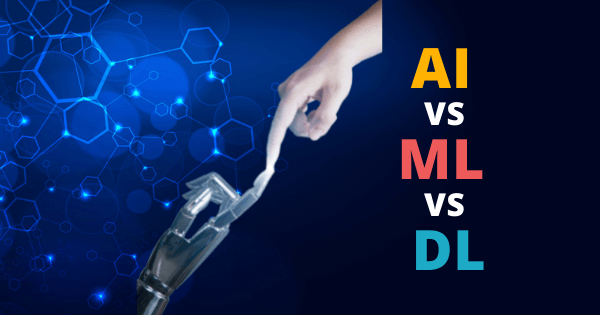Are you more of a listener? We’ve got you covered!
Do you know the difference between Artificial Intelligence, Machine Learning, and Deep Learning? Or are you just satisfied that you get your translation on time, every time and that it is spot on (in true Taia style). Behind most modern-day translations there’s an AI-assisted solution. But what’s the difference between Artificial Intelligence, Machine Learning, and Deep Learning?
Artificial Intelligence vs Machine Learning vs Deep Learning
Of course, AI, Machine Learning, and Deep Learning aren’t just exclusive to translations. They have been talked about and expanded on in various sectors and industries for years.
Businesses have been using them to innovate and build smart machines and intelligent applications.
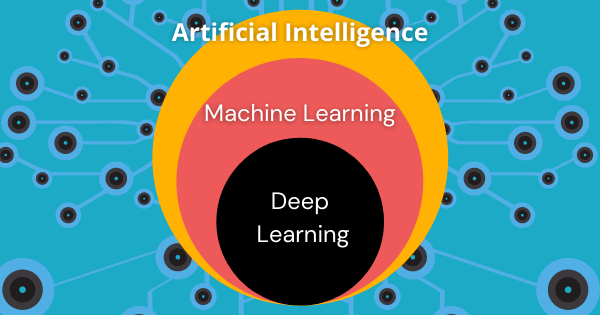
Artificial Intelligence is concerned with the making of smart intelligent Machines.
Machine Learning is a subdivision of AI. It helps build AI-driven applications.
And then Deep Learning is a subcategory of Machine Learning. Deep Learning uses a large amount of data and intricate algorithms to train a model.
Let’s dive into each in more detail.
What is Artificial Intelligence?
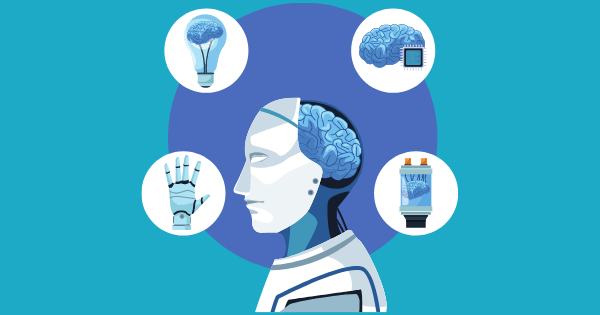
AI is the process of conveying data, information, and human intelligence to machines. The machines “copy” humans by performing tasks, learning, and problem-solving.
Artificial Intelligence (AI) is a term that makes some people uncomfortable. Why? Because the main aim of AI is to develop self-reliant machines that can think and act like humans.
In the translation world, a myth is that AI and technology will replace humans or cost them their jobs. But, humans are still vital. We encourage people not to see AI as a threat but as a way for humans to be able to do more with less exertion.
Many people don’t realize what a big part AI already plays in their lives. For example, maps and navigation, facial recognition, text editors like Grammarly, chatbots, Google Search, and personalized social media fields all use AI. Siri, Bixby, Alexa, and other digital voice assistants too. Applications of AI include Machine Translation (like Taia’s MT or Google Translate), self-driving cars, and AI Robots.
Types of Artificial Intelligence
It’s easy to become too technical at this point. So, let’s do a quick overview of four AI types before discussing Machine Learning and Deep Learning.
#1 Reactive Machines are the most basic type of AI. These systems only react and don’t form memories. Reactive Machines don’t use any past experiences when making new decisions. Spam filters and Netflix recommendations are examples of Reactive Machines. They focus on live observations of an environment.
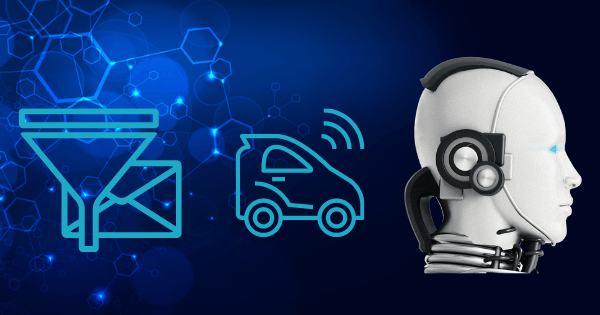
#2 Limited Memory uses data collected from the recent past to make immediate decisions. Although these systems reference the past and information is added over time, it is short-lived. Self-driving cars use Limited Memory AI. The self-driving car sensors identify civilians crossing the street, inclined roads, traffic signals, and make better driving decisions.
#3 Theory of Mind includes systems that understand human emotions and how this affects decision-making. The main concept of the Theory of Mind is “understanding”. Theory of Mind AI grasps the entities they interact with by grasping the entities’ needs, thought processes, emotions, and beliefs.
Innovators are constantly trying to get machines to understand humans better. An emotionally intelligent robot interacting with humans, giving a real conversation feeling is an example of this AI.
#4 Self-awareness AI is when machines are aware of themselves and “understand” their internal states. But at the same time are able to predict people’s feelings and respond appropriately. Researchers that create self-aware systems must understand consciousness and build machines with it. It is a complex feat and one that needs to be developed.
As mentioned, the concept of having machines that are self-aware makes many people uncomfortable … the 2004 film I, Robot comes to mind.
What is Machine Learning?
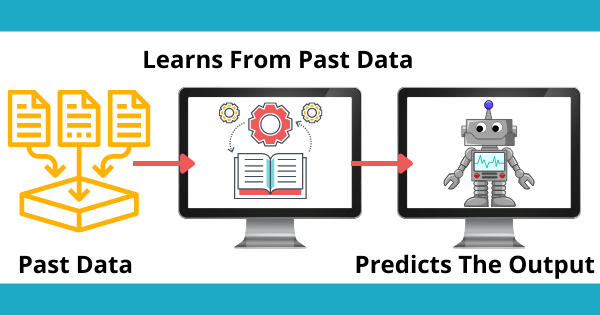
Machine Learning is a discipline of computer science.
Machine learning uses computer algorithms and analytics to build predictive models. These models can help solve business problems.
It works by accessing large amounts of data and learning from it to foresee the future. So, it uses past data, learns from past data, and predicts outputs.
Types of Machine Learning include Supervised Learning, Unsupervised Learning, and Reinforcement Learning.
What is Deep Learning?
Deep Learning is a subdivision of Machine Learning.
It deals with algorithms based on the structure and function of the human brain. Deep Learning algorithms can work with massive amounts of unstructured or structured data.
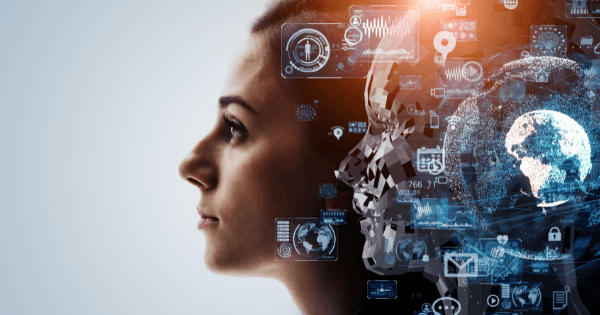
The Main Difference Between Machine and Deep Learning
The biggest difference between Deep Learning and Machine Learning is the way the data is given to the machine. Machine Learning processes mostly require structured data. Deep Learning however works on multiple layers of artificial neural networks.
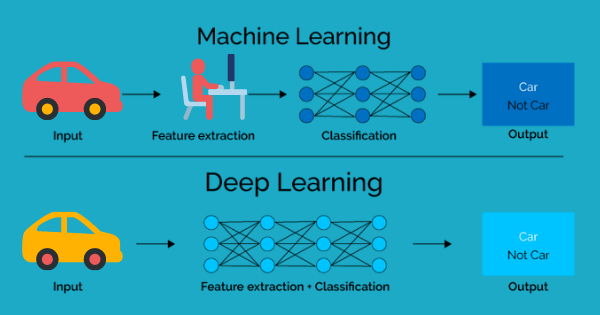
Artificial Intelligence in Translation
As touched on, Artificial Intelligence is part of computer science. And focuses on developing processes capable of doing tasks on their own. In a translation context, Machine Translation or Neural Machine Translation often comes to mind. But AI goes beyond that.
Translation platforms like Taia make use of smart AI solutions to translate. This means your content is translated quickly, and accurately, and significantly brings down the costs over time. It does not replace human translators. But AI technology automates systems and it ultimately makes human translators’ lives easier.

So as complicated as AI, Machine Learning and Deep Learning may sound be assured in terms of your translation – it’s all good things.
To make use of our innovative AI-assisted translation platform, sign-up => here for free. And be ready to translate before you can say “Artificial Intelligence”.
Liked this content?
Get notified when we publish something similar.
* We don’t spam your email or share it with anyone!
